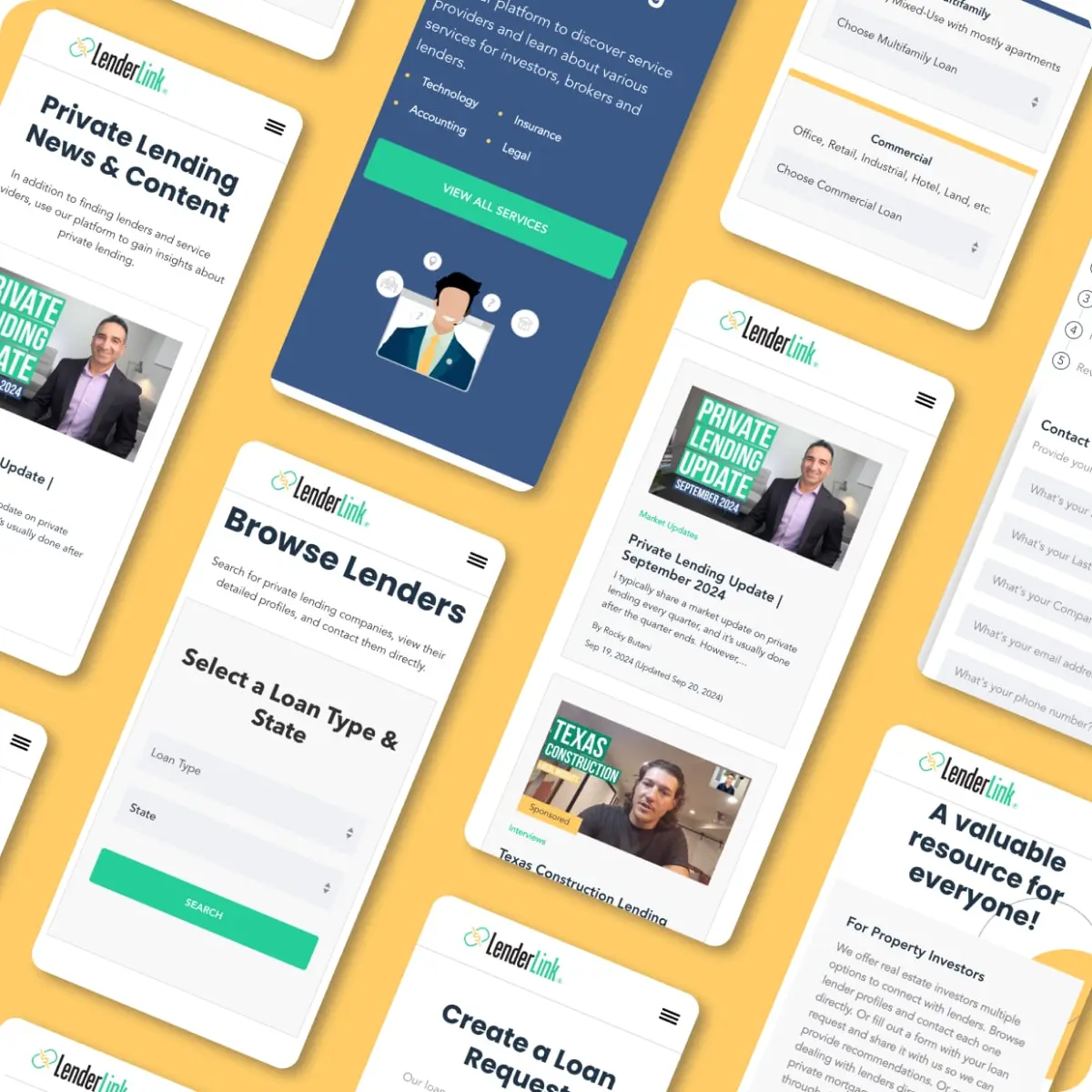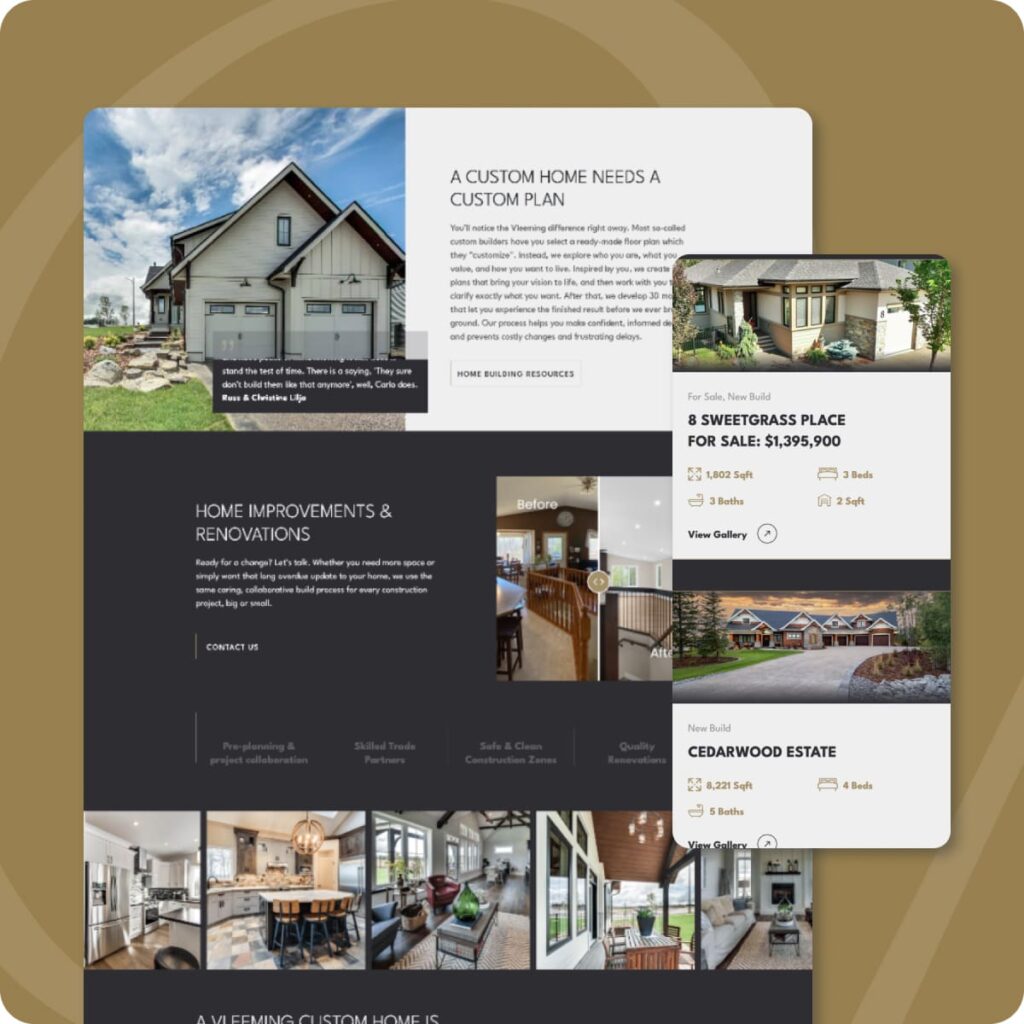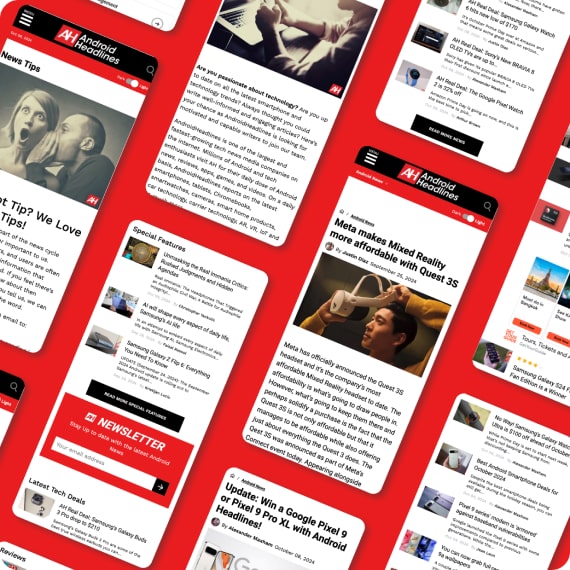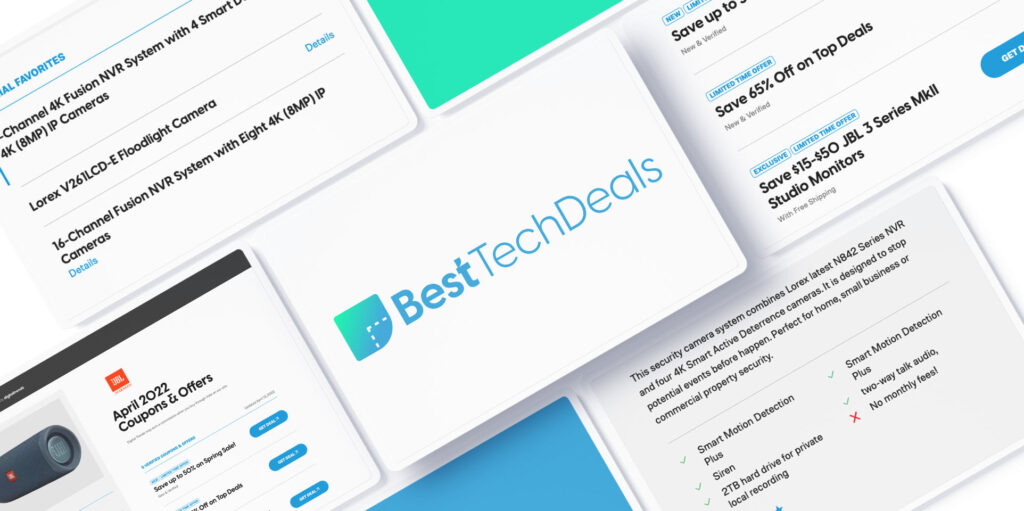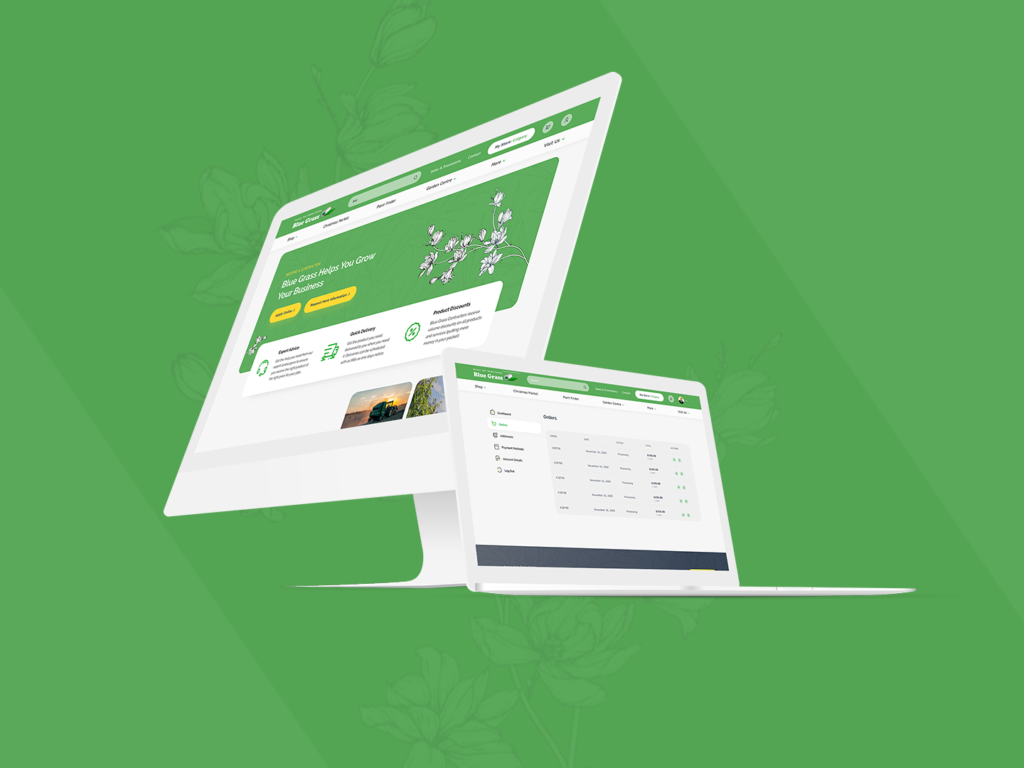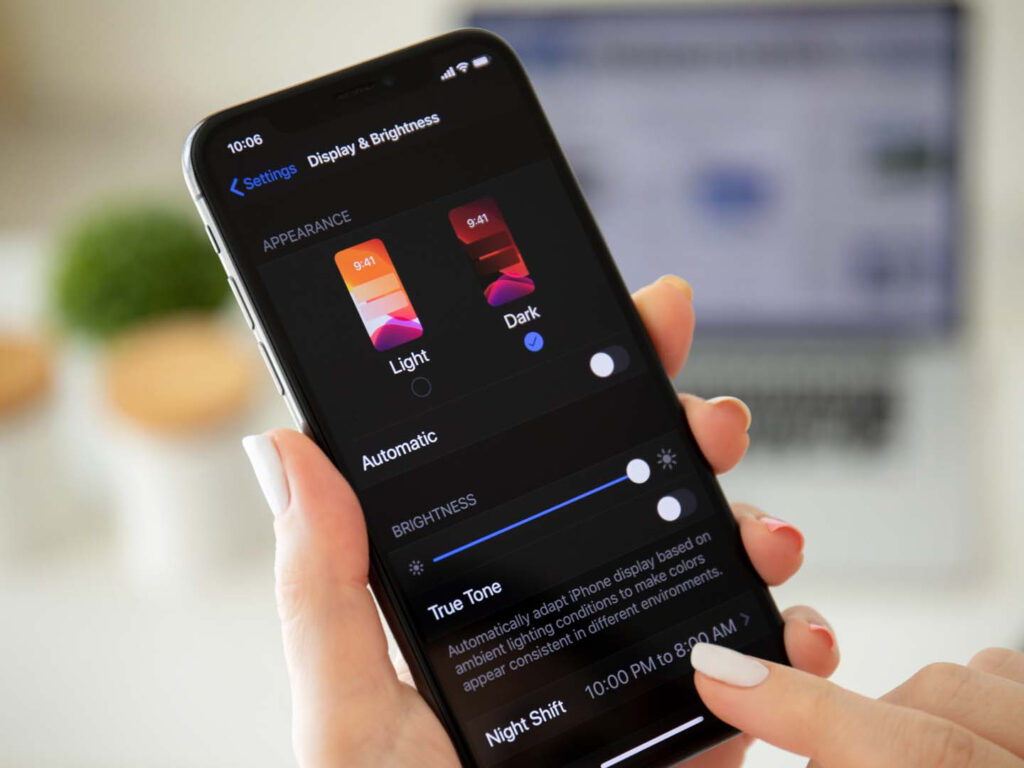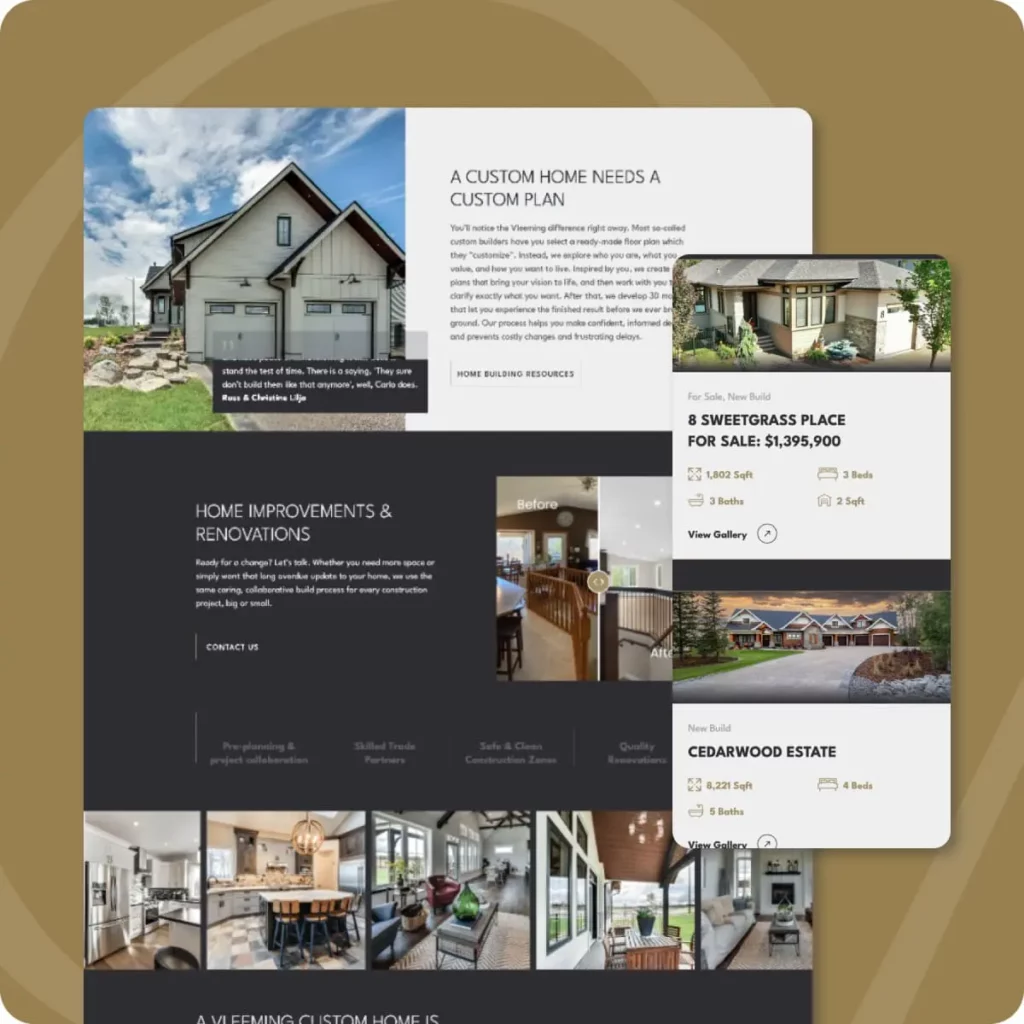
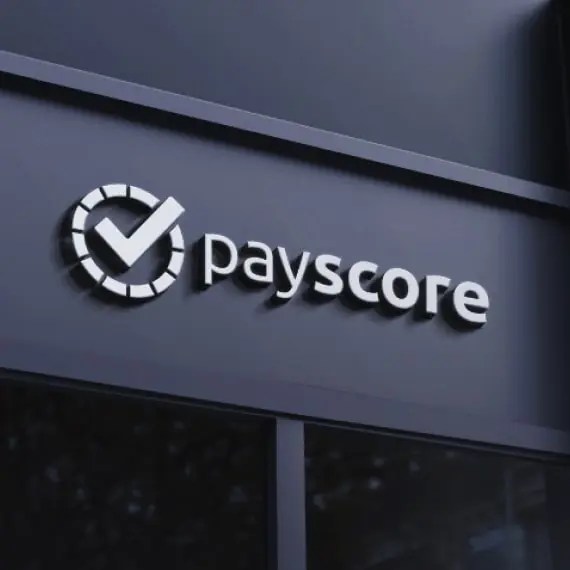


Expertly executed
brands that make an impact.
Unlock the full potential of your brand with custom-tailored strategies and design that connect with your audience.
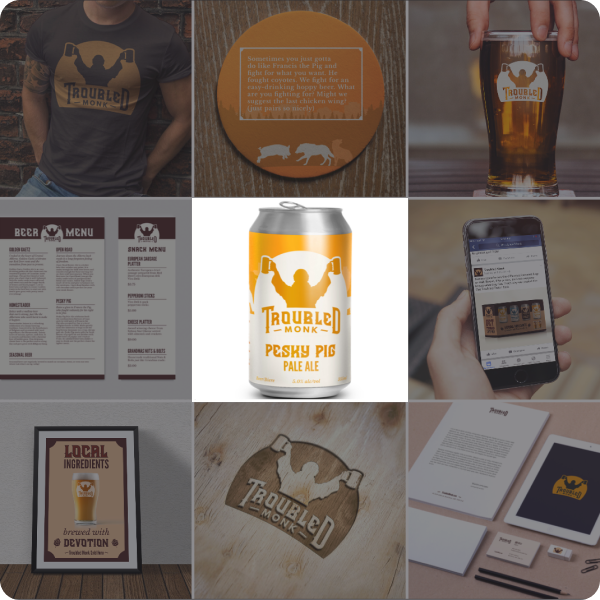
Brand strategy
Connecting with your ideal customers through audience research, personas, and strategic messaging builds meaningful relationships, fosters loyalty, and increases the likelihood of conversion.

Logo & Identity Design
Through carefully crafted colors, typography, and core brand elements, we create a cohesive visual foundation that leaves a lasting impression and connects with your audience.
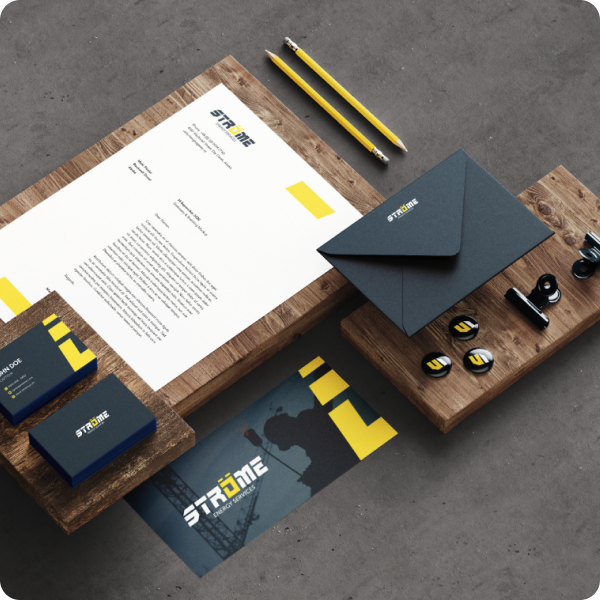
Sales & Marketing Assets
We bring strategic thinking to every design decision, crafting sales and marketing assets to equip you with the tools to effectively engage your audience, communicate value, and drive conversions, supporting growth and strengthening brand recognition.
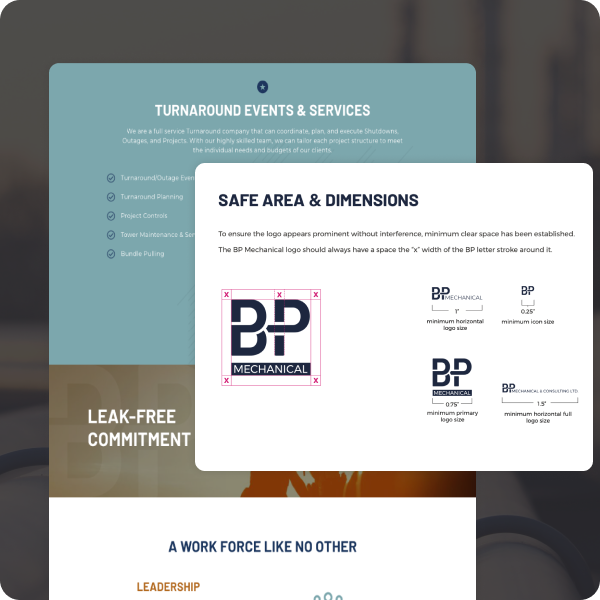
Brand Standards
Cohesive brand standards will help to ensure a consistent, recognizable, and trustworthy brand identity that guides effective communication and supports scalable growth across all channels.
Real results
Our branding & design process
Our branding and design workflow is a simple process that transforms your brand vision into an impactful identity.
Frequently asked questions
How long does a branding project take?
A typical branding project takes around 4 to 6 weeks, depending on the scope and specific requirements. The process is broken down into several key phases:
1. Discovery and Research (1 week): This initial phase involves understanding the business, target audience, and market landscape to develop a solid foundation for the brand.
2. Strategy Development (1 week): Here, the brand’s core messaging, positioning, and identity are defined, ensuring a consistent and cohesive approach.
3. Design Creation (1-2 weeks): This phase focuses on crafting the visual elements, such as the logo, color palette, typography, and any other brand assets needed.
4. Revisions and Finalization (1-2 weeks): Time is allocated for feedback, revisions, and finalizing all deliverables to ensure the branding aligns with the client’s vision.
For more complex branding projects, such as those requiring extensive collateral or multiple brand touch points, the timeline may extend slightly beyond six weeks, but most projects within this range can be effectively completed in this timeframe.
Why is branding important for my online presence?
Branding goes beyond just a logo or color scheme—it’s the essence of who you are and the story you share with the world. It creates connections, builds trust, and leaves a lasting impression on your audience. A strong brand makes your online presence stand out, turning curious visitors into loyal customers. It’s about crafting an identity that’s not just seen, but felt, ensuring your digital footprint is distinctive and memorable.
What are the key elements of a brand?
1. Logo: The logo is the most recognizable element of a brand’s visual identity. It serves as a symbol that represents the company and is used across all marketing materials. A strong logo is distinctive, versatile, and conveys the essence of the brand.
2. Color Palette: Colors play a significant role in setting the tone and evoking emotions. A brand’s color palette usually consists of primary and secondary colors that are used consistently across all visual materials to create a cohesive look.
3. Typography: The fonts used in branding help convey the brand’s personality and style. Whether formal, modern, playful, or classic, the typography should be consistent across all materials to maintain a unified appearance.
4. Imagery and Iconography: The style of images, illustrations, icons, and graphics used in branding should align with the brand’s personality and message. This includes photographs, digital illustrations, and icon sets that reinforce the overall visual style.
5. Design Style and Layout: The overall design approach, including the use of whitespace, alignment, and layout styles, contributes to the brand’s visual consistency. Design style also includes specific elements like shapes, patterns, or other unique design features used repeatedly.
6. Brand Guidelines: A document that outlines how each visual element should be used to maintain consistency. This includes logo placement rules, color codes, font usage, and image guidelines to ensure all materials look uniform.
What role does tone of voice play in branding?
In a crowded digital landscape, your brand’s tone of voice is like its personality—it’s how you connect, engage, and make a lasting impression. A distinct tone doesn’t just help you stand out; it resonates emotionally with your audience, making your brand feel relatable and memorable. It’s more than just words; it’s the experience you create and the impression you leave behind.
How can I measure the effectiveness of my branding efforts?
To measure the effectiveness of your branding efforts, start by monitoring metrics like website traffic, social media mentions, and surveys that assess brand recall. Engagement metrics, such as social media interactions and content engagement, also offer valuable insights into how well your brand is connecting with the audience. Additionally, consider customer loyalty indicators like repeat purchase rates and Net Promoter Scores (NPS) to evaluate how satisfied and loyal your customers are. Lastly, reaching out to your customers for feedback or reviews, can give you a clearer picture of how your audience views your brand.


